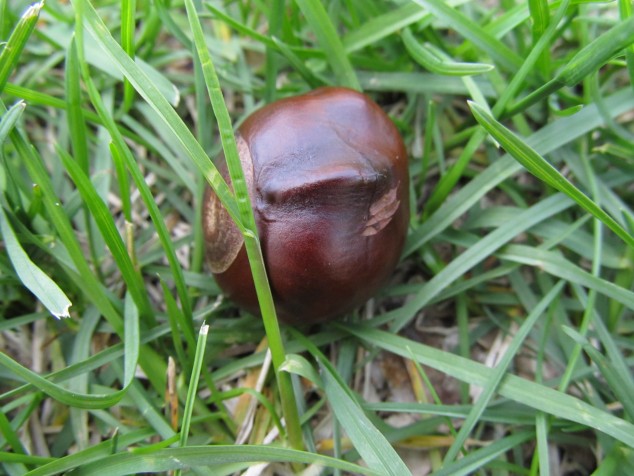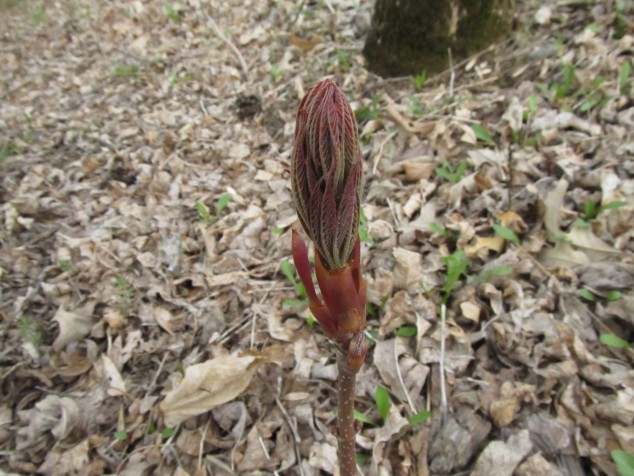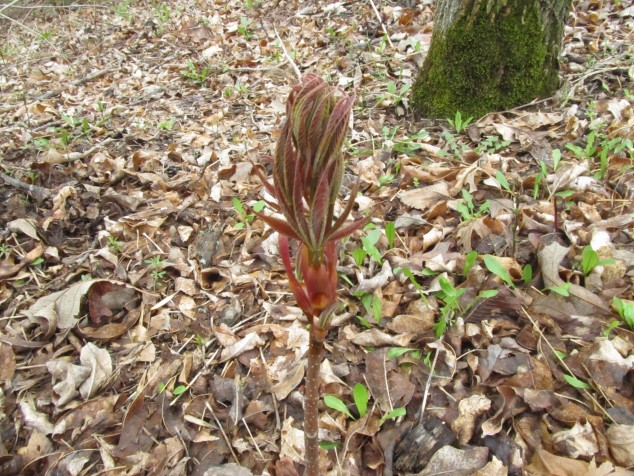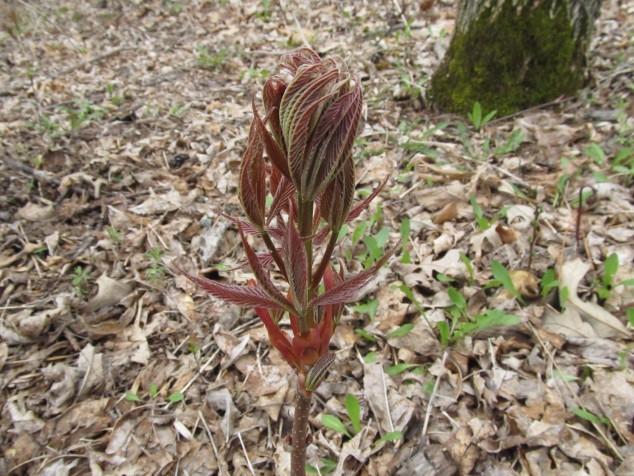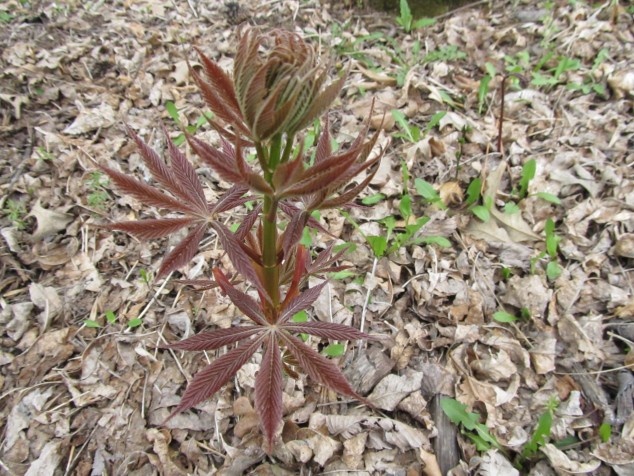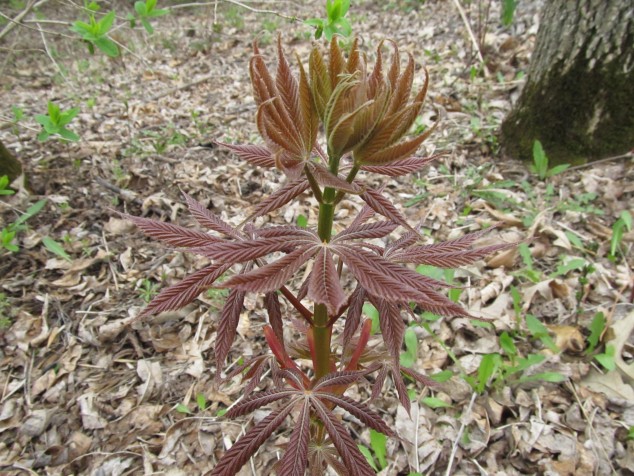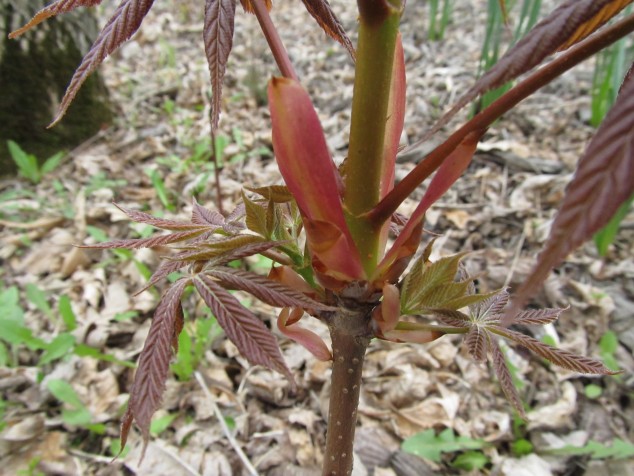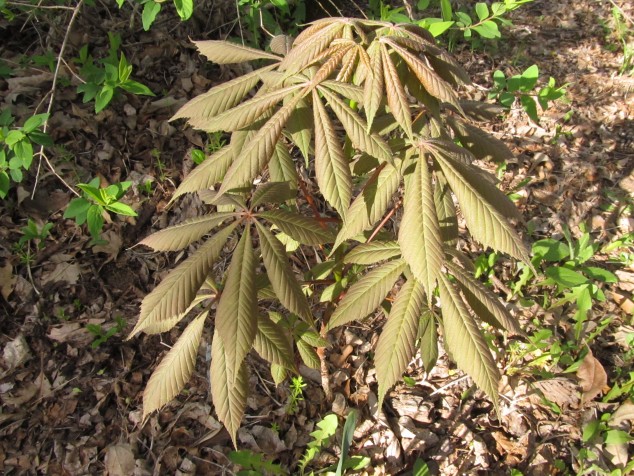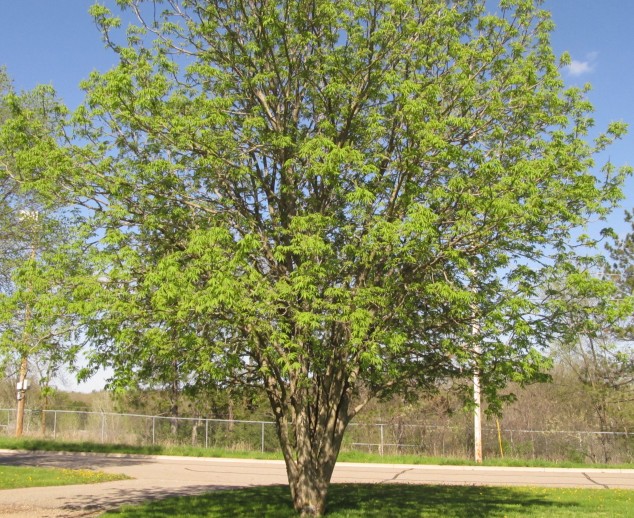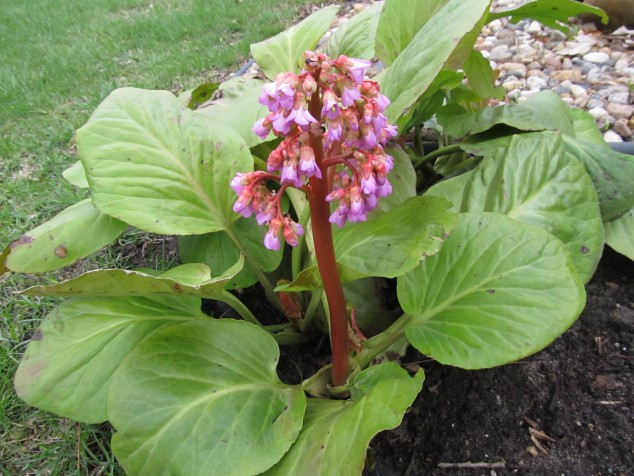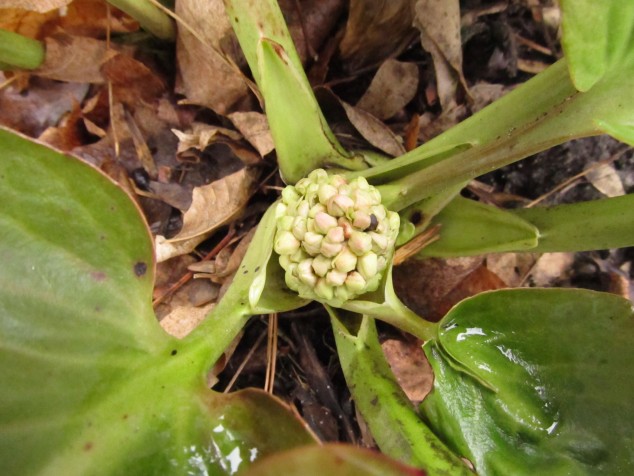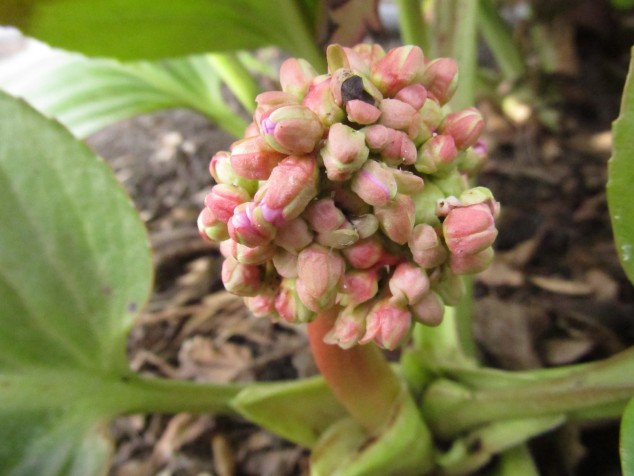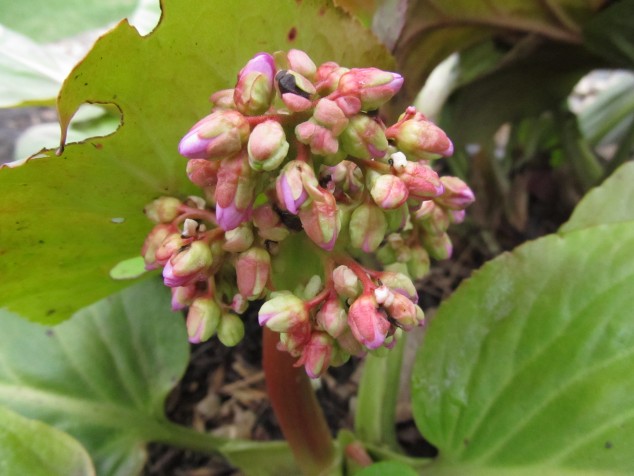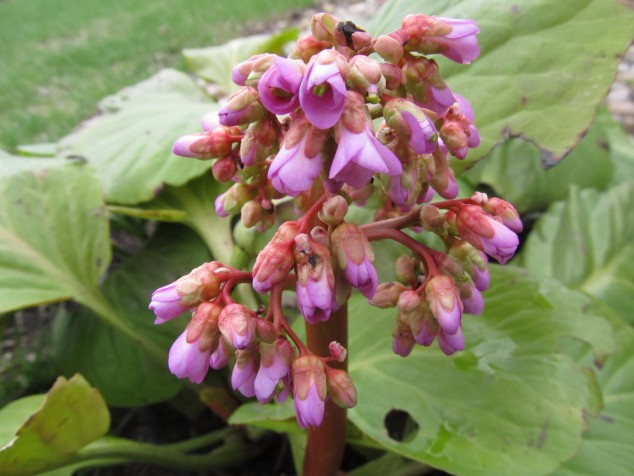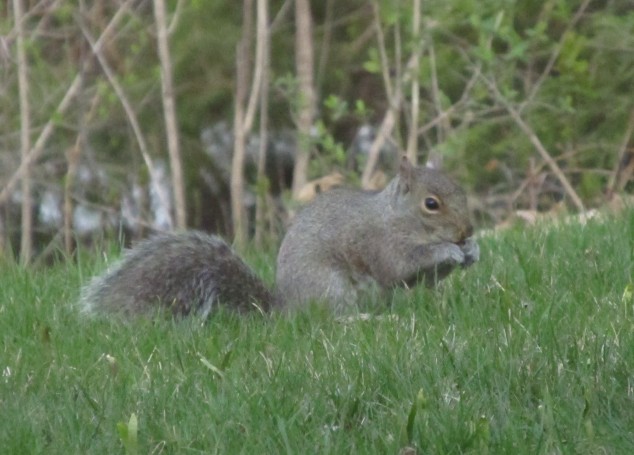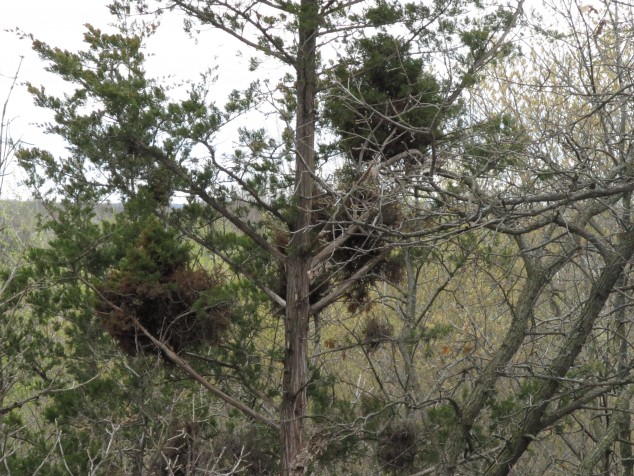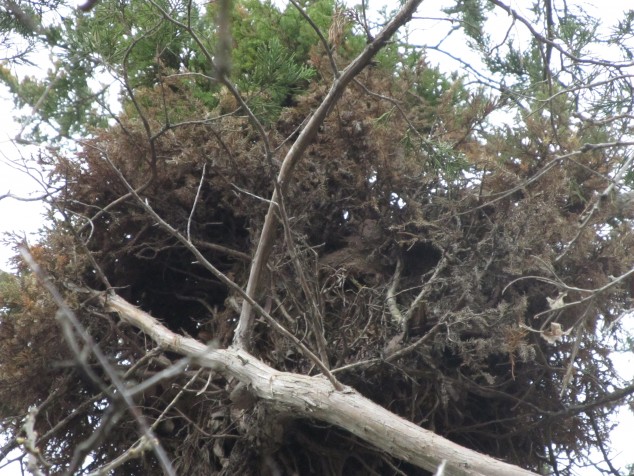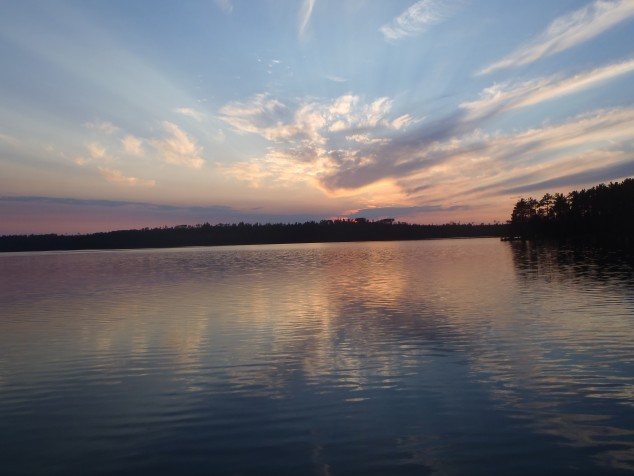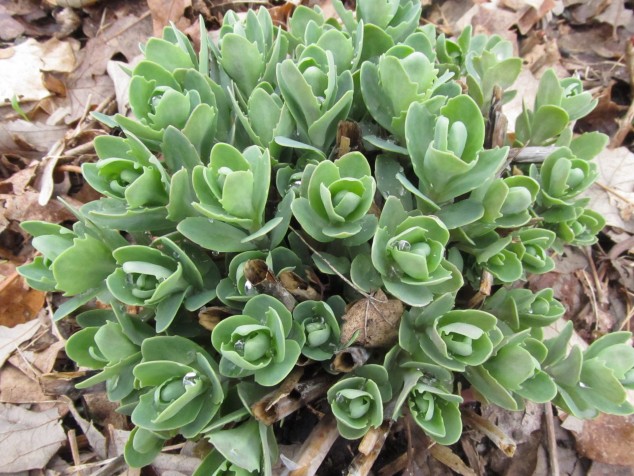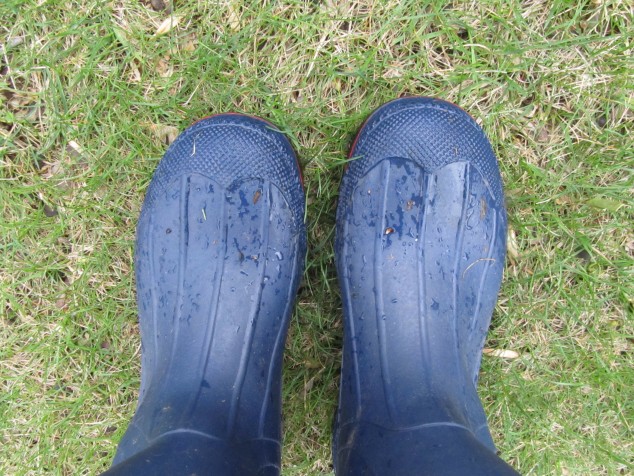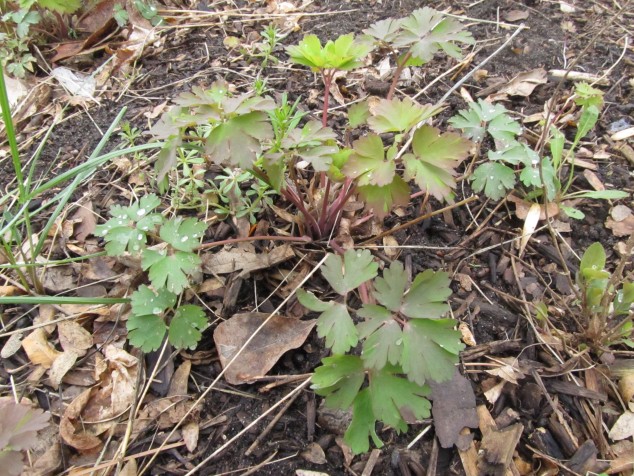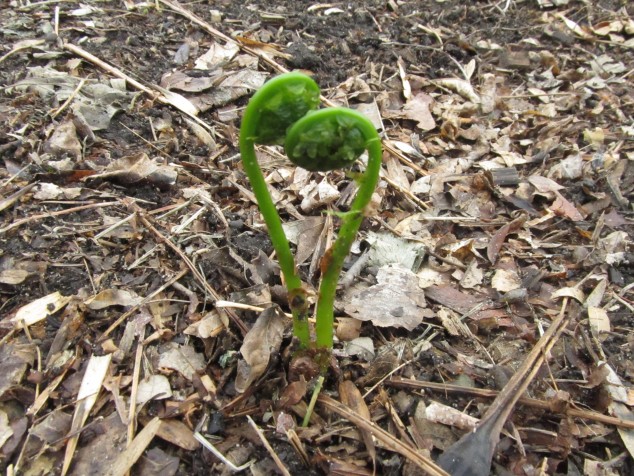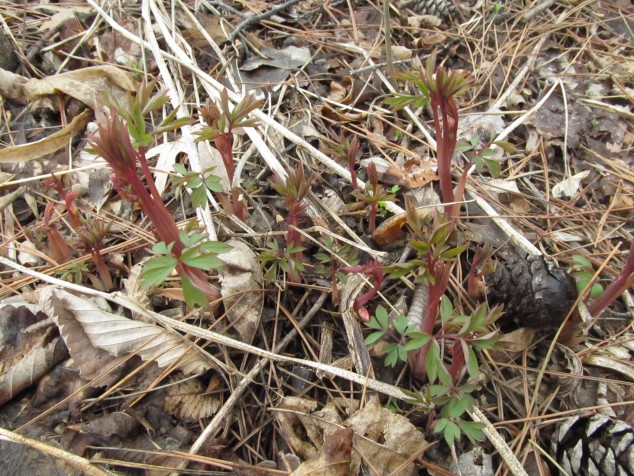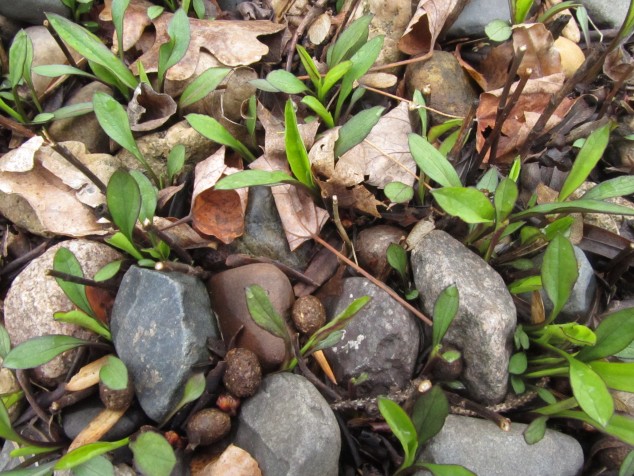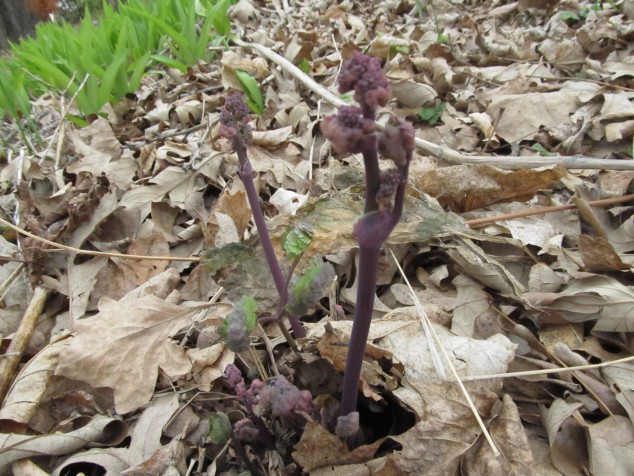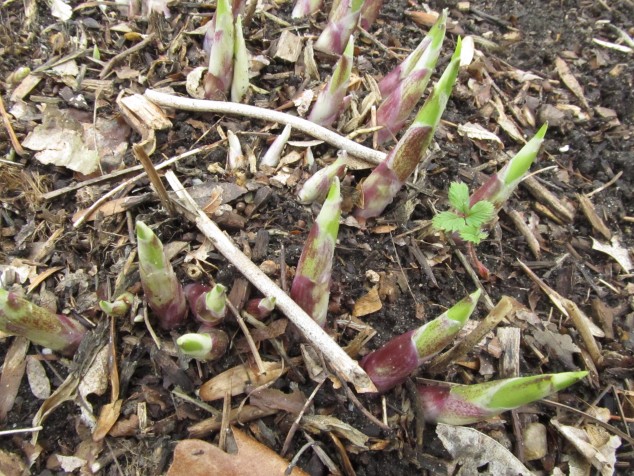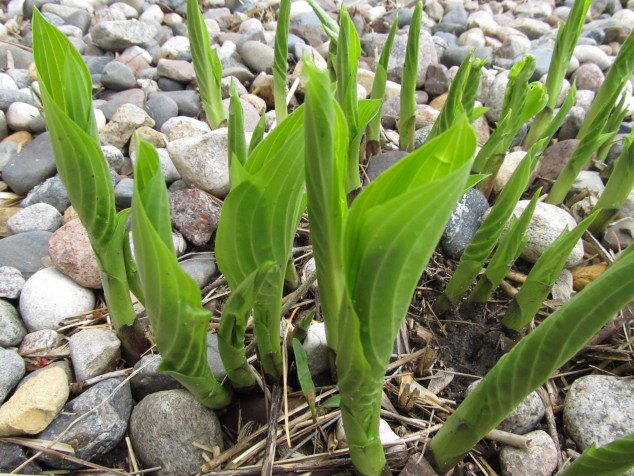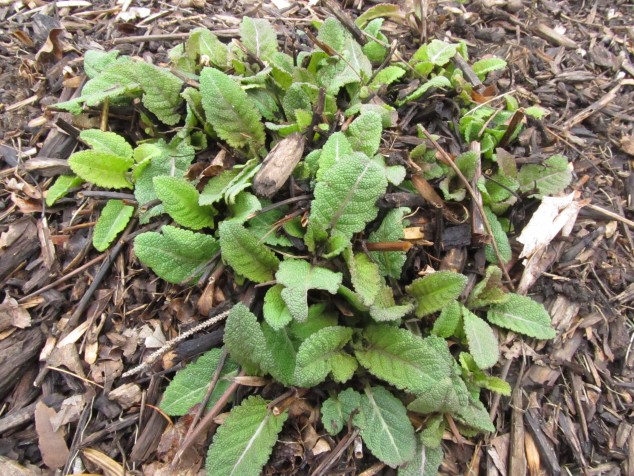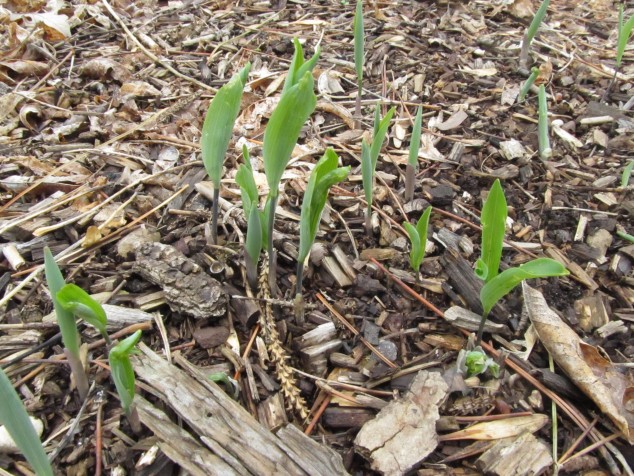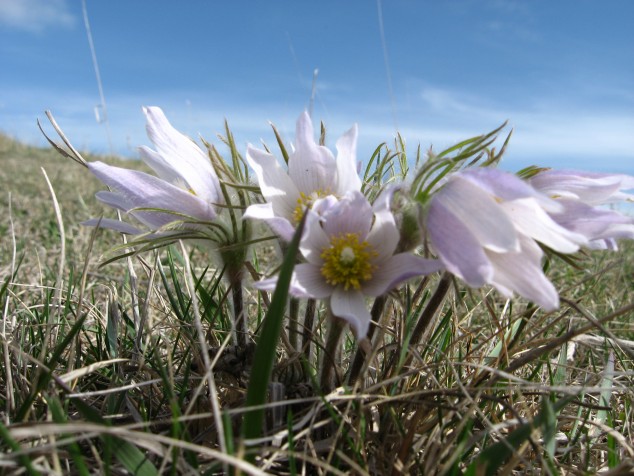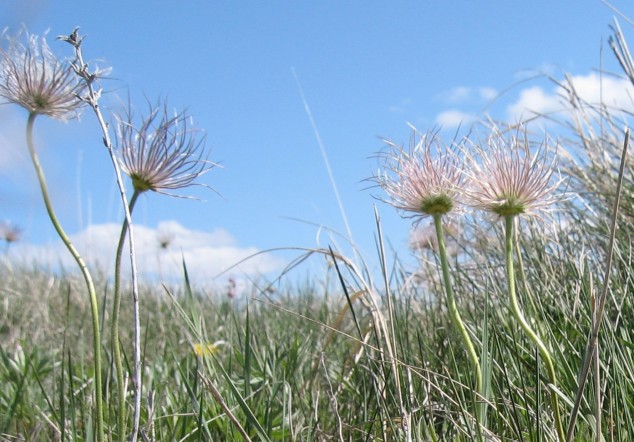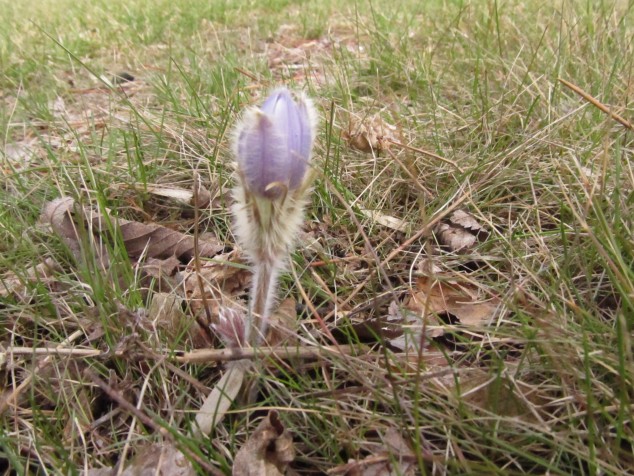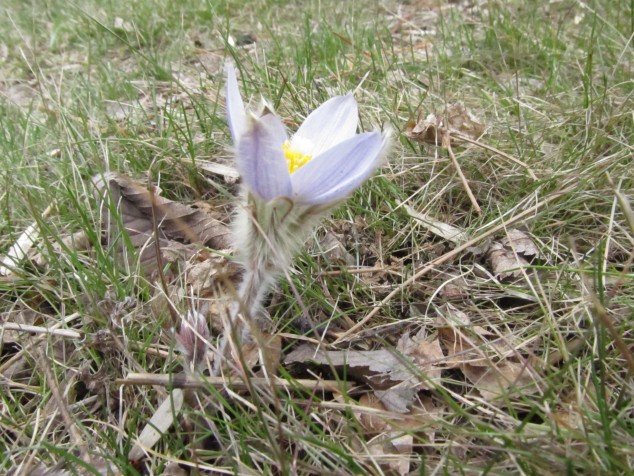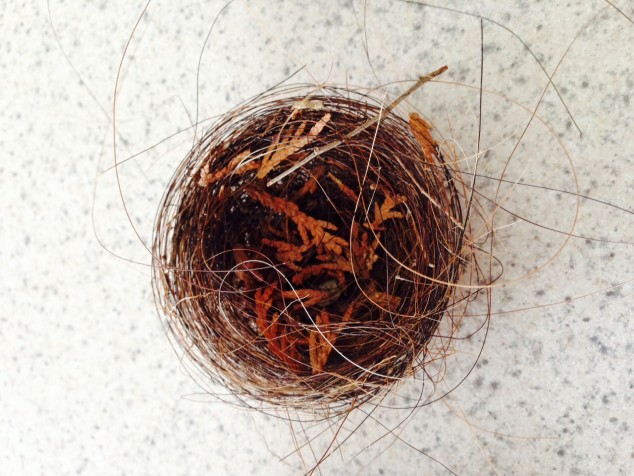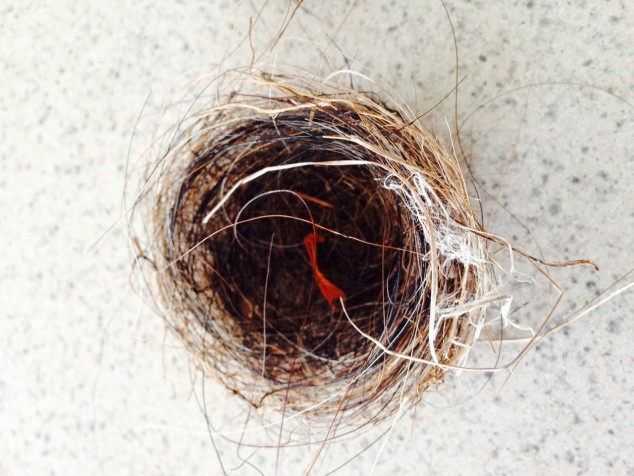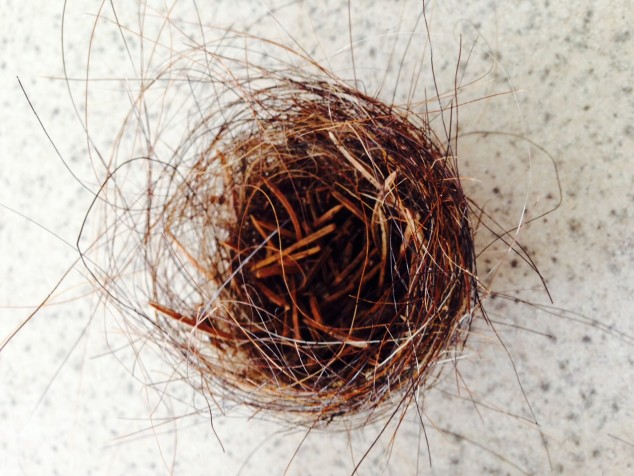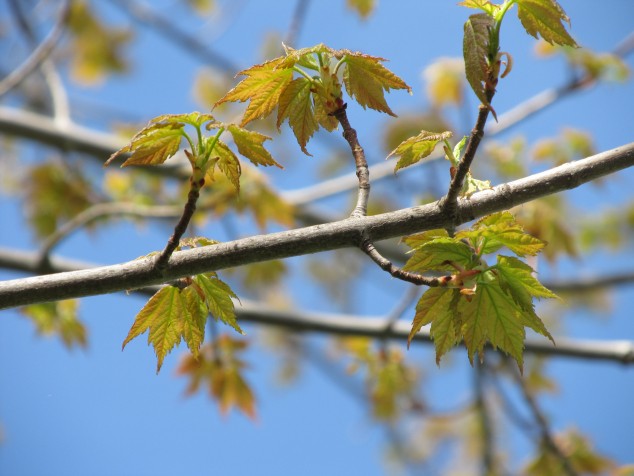 Three weeks ago I was searching for a flower of any sort and was happily content with seeing the swelling buds on the trees. Amazing how things can change in three weeks! Spring is at a full gallop now! So many things are changing–the abundant honeysuckle are fully leaved out and will soon show their sweet yellow and pink blossoms, the maple tree has small amber leaves that are starting to throw shade on the green, green grass, and the daffodils are in full lemony bloom.
Three weeks ago I was searching for a flower of any sort and was happily content with seeing the swelling buds on the trees. Amazing how things can change in three weeks! Spring is at a full gallop now! So many things are changing–the abundant honeysuckle are fully leaved out and will soon show their sweet yellow and pink blossoms, the maple tree has small amber leaves that are starting to throw shade on the green, green grass, and the daffodils are in full lemony bloom.
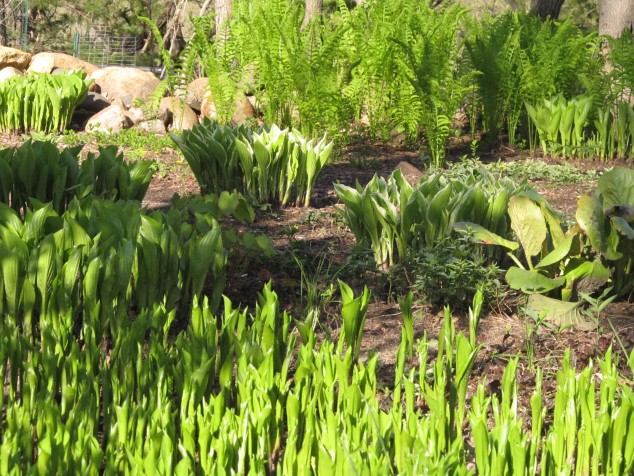 The ferns, hostas, and lilies of the valley are unrolling to their summer form in shades of green that are so welcome after the white of winter and the brown of early spring.
The ferns, hostas, and lilies of the valley are unrolling to their summer form in shades of green that are so welcome after the white of winter and the brown of early spring.
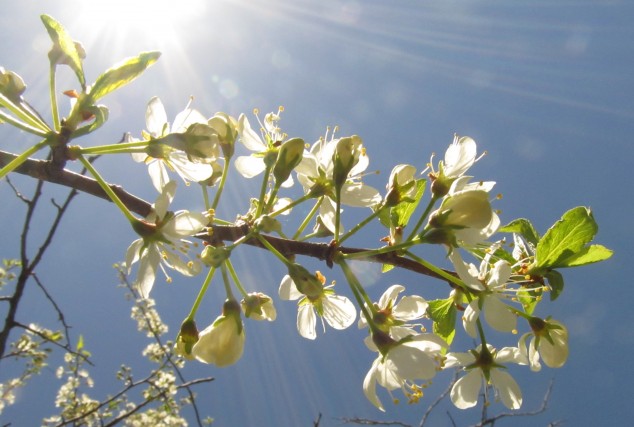 The wild plum is in all its sweet-smelling, white-petaled glory but has yet to develop its full leaves.
The wild plum is in all its sweet-smelling, white-petaled glory but has yet to develop its full leaves.
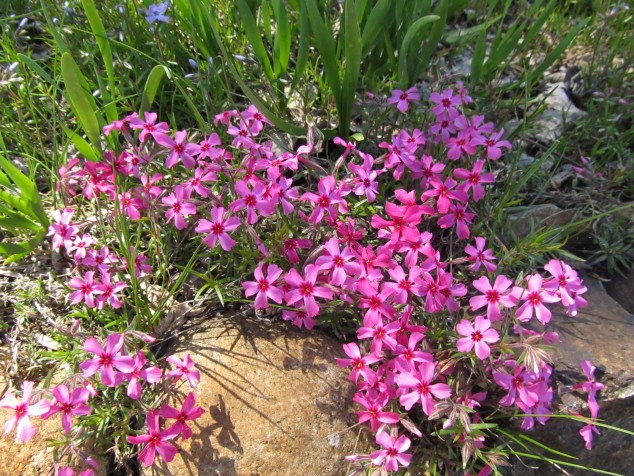 The creeping phlox is brilliant in its short-lived adornment at the mailbox.
The creeping phlox is brilliant in its short-lived adornment at the mailbox.
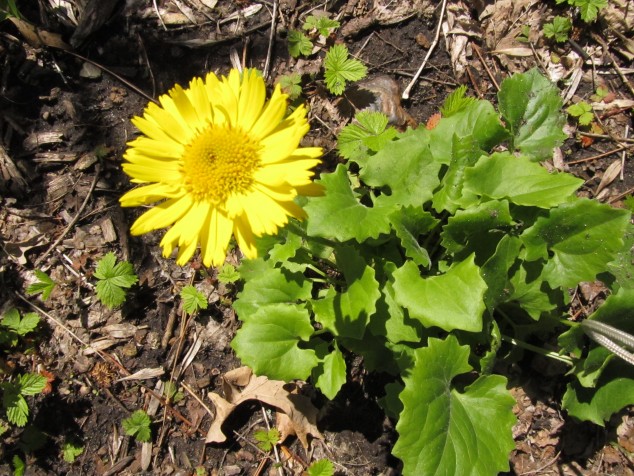 The leopard’s bane shines with its large daisy-like flower.
The leopard’s bane shines with its large daisy-like flower.
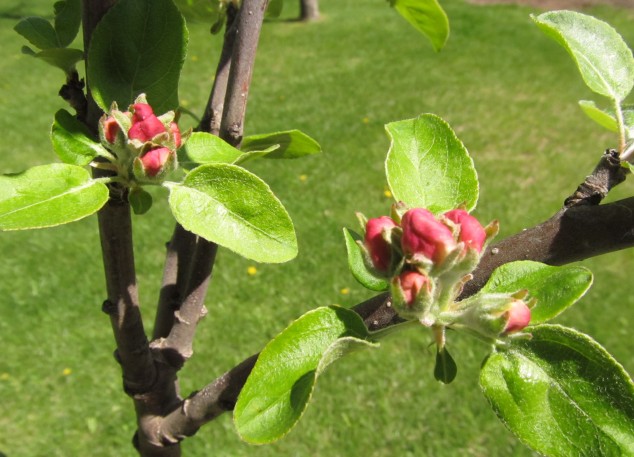 The apple tree blossoms hold the potential of fall’s crisp, juicy crop in their rosebud clusters.
The apple tree blossoms hold the potential of fall’s crisp, juicy crop in their rosebud clusters.
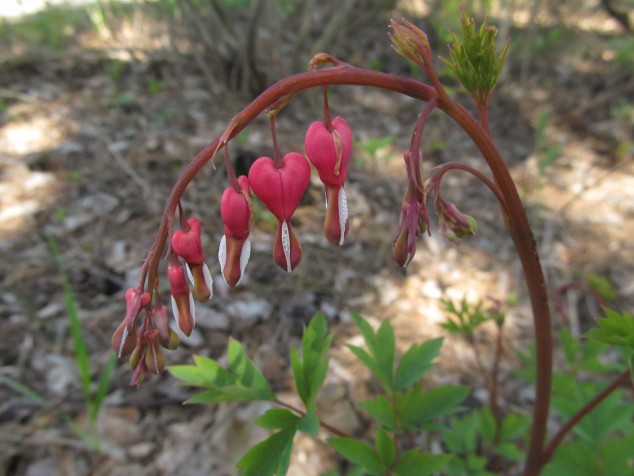 The bleeding heart is opening its distinctive flowers in the shade of the pine trees.
The bleeding heart is opening its distinctive flowers in the shade of the pine trees.
 And the candle flame leaves of the pagoda dogwood light up the sky–not fully leaved out, yet far from the dormant state of so many months. It is a time of change.
And the candle flame leaves of the pagoda dogwood light up the sky–not fully leaved out, yet far from the dormant state of so many months. It is a time of change.
The transition time marks the month of May. Schools are out or coming to an end for the year. Parents are moving kids out of dorm rooms when it seems like they just moved them in. Summer vacation or summer jobs begin. Graduations denote the end of high school days or college life with excitement and apprehension for the future and what it holds. New jobs transition college students to adult life. Weddings transition couples to married life. Endings, beginnings, change, new growth. Apprehension, curiosity, excitement, beauty. Enjoy the energy and promise of the May transformation!
